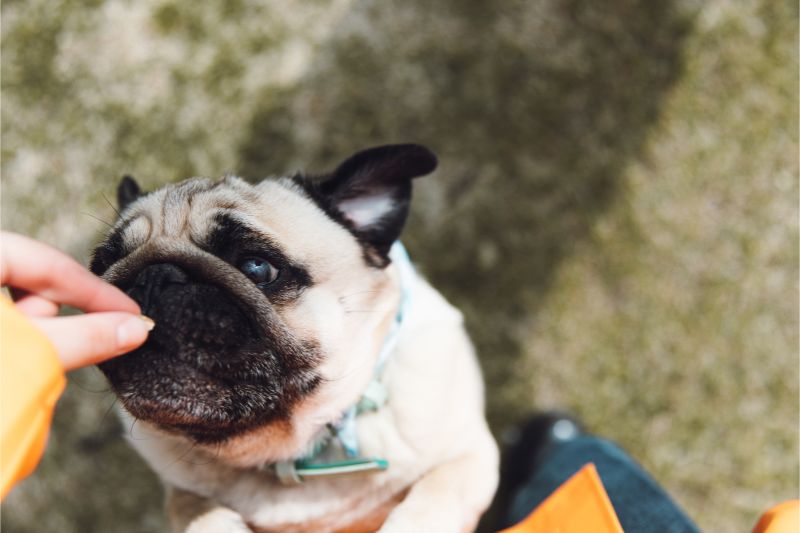A Spoonful of Sugar? Tricks for Giving Your Pet Medications

When it comes to taking care of your pet, it is definitely a team effort. Of course, you get the best possible care from the staff at Volunteer Veterinary Hospital, but many times treatments extend beyond the walls of our location.
When you are instructed to monitor or treat your pet, it is often imperative to your pet’s well-being that you follow our directions. This can be easier said than done, though, especially for pets who hate taking their pills.
Not to worry! When it comes to giving your pet medications, we have all the tricks.
The Basics of Pet Medications
A little planning goes a long way, and giving your pet medications is no different. Having your ducks in a row can make all the difference when it comes to success in this department.
Know your meds — Be sure that you read the label thoroughly and know how and when to administer the medication prescribed. Is it once a day? Twice? With food?
Know your pet — Knowing what challenges will present themselves can help set you up for success. Think about whether your pet is motivated by food. What kinds are most valuable to him? Is your pet generally suspicious? Does she resist when you try to restrain her in any way?
Ask questions — Don’t hesitate to ask us questions. Some medications can be given in other ways or be compounded into different formulations.
Get your technique down — If you will be manually administering a medication, review what techniques you will need to use. Fumbling around with a tube of ear medication or hesitating when pilling your cat is bound to lead to struggles.
Make it a positive experience — Animals tend to respond best to positive reinforcement training. Rewarding them for a job well done and encouraging them gently can help to make medication sessions more successful, especially when it is more than a one time affair.
Tricks When Giving Your Pet Medications
Despite your preparation, sometimes giving your pet medications is trickier than others. It never hurts to have a few tricks up your sleeve. We suggest:
- Using a high-value treat when medicating your pet — usually the stinkier the better
- Keeping the treat small when trying to hide a pill so your pet is less likely to chew
- Feeding a plain treat, pill-containing treat, and plain treat in rapid succession so your pet doesn’t have a chance to get suspicious
- Hiding pills in a moldable treat such as Pill Pockets
- Catching your pet off-guard and giving the medication during other activities such as a fun play session or your afternoon walk
- Not allowing your pet to see you preparing the medication when possible
- Not crushing pills or mixing liquid into food (unless otherwise instructed); medications are often bitter and you may not be getting the appropriate dose into your pet
Please let us know if you are not having success when medicating your pet. Sometimes we can offer alternative solutions or help you navigate the best methods to treat your pet.
We are here to help. If your pet isn’t getting the medication we have prescribed, they aren’t getting the treatment they deserve. We are dedicated to helping that happen in any way that we can.

